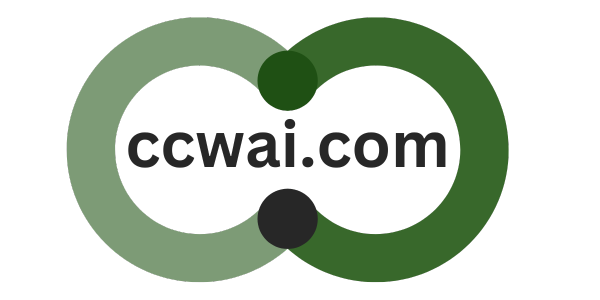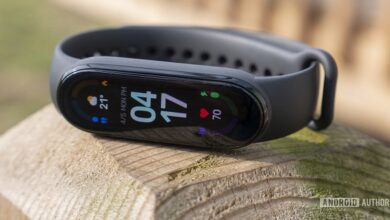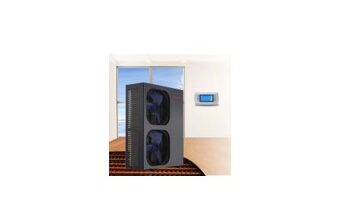How Iot Applications Create Value In Different Settings

To estimate the potential economic impact of the Internet of Things across economies in 2025, we have sized applications in nine settings. We estimate impact by examining applications that exist today, are evolving, or are likely to have significant adoption in 2025.
We measure both direct financial impact, such as potential savings from improved machine utilization, and non-financial factors, such as consumer time saved or improved health. We translate these non-financial impacts into economic value by gauging the value of time saved, improved health, extended life spans, etc. It should be noted that these estimates of economic impact are not equivalent to industry revenue or GDP figures and, therefore, diverge from various market projections.
The total potential value we estimate for the applications we size in the nine settings is $3.9 trillion to $11.1 trillion per year (Exhibit 7). The largest setting for potential value created by IoT applications in 2025 is factories, which include manufacturing sites, hospitals, and farms.
The potential value that could be unlocked with IoT applications in factory settings could be as much as $3.7 trillion in 2025 or about one-third of all potential economic value that we estimate. Cities are the next largest, with the value of up to $1.7 trillion per year, followed by humans, with a potential value of as much as $1.6 trillion per year. The smallest setting, in terms of potential value, is offices, which could generate benefits worth up to $150 billion per year.
In the following pages, we have organized the settings starting with humans and places where people live, shop, and work. Finally, we look at three outdoor and mobile environments including cities where IoT applications have the potential for significant value creation.
We focus here on IoT applications in the context of the human body as the setting in which IoT systems are deployed. These applications fall into two broad categories: improving health and raising productivity. Unlike other IoT applications, where reading from a sensor might initiate a specific action—turning off a valve, for example in the human setting, sensor data provide information that people will use to guide their actions and decisions.
The adoption of IoT applications in health and fitness is well underway. Based on current usage and likely growth rates, we project that the economic impact of IoT in human health and wellness could be $170 billion to nearly $1.6 trillion globally in 2025. The largest source of value would be using IoT devices to monitor and treat illness ($170 billion to $1.1 trillion per year).
The value would arise from improving quality of life and extending healthy life spans for patients with chronic illnesses, and reducing the cost of treatment. The second-largest source of value for humans would be improved wellness using data generated by fitness bands or other wearables to track and modify diet and exercise routines.




